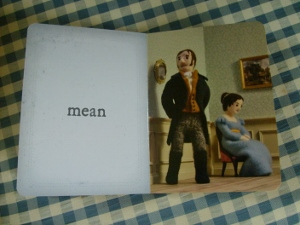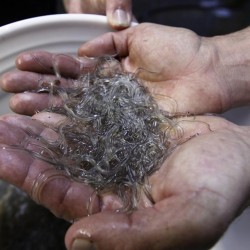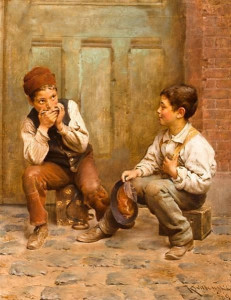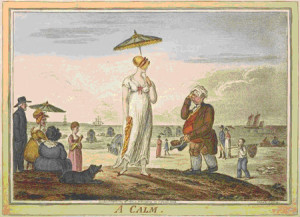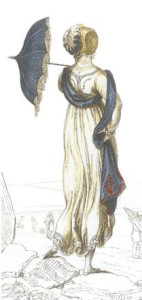Although I’m deep in the final editing for Fly with a Rogue, Jane Austen’s been on my mind this week, for various reasons.
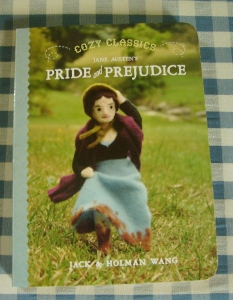 A dear friend just gave me the cutest gift: the Cozy Classics version of Jane Austen’s Pride & Prejudice, by Jack and Holman Wang. It’s part of a series presenting classics using “twelve child friendly words and twelve needle felted illustrations.” It’s cleverly done. Here’s an example, from the famous “She is tolerable” scene.
A dear friend just gave me the cutest gift: the Cozy Classics version of Jane Austen’s Pride & Prejudice, by Jack and Holman Wang. It’s part of a series presenting classics using “twelve child friendly words and twelve needle felted illustrations.” It’s cleverly done. Here’s an example, from the famous “She is tolerable” scene.
Now I am wondering if I scooped Amanda on this one. It almost makes up for the sad fact that no one has ever given me a Jane Austen action figure.
That same action figure is featured, along with the delightful Republic of Pemberley, in this recent piece on “10 Signs of Jane Austen Addiction.” It’s good for a few laughs. My own score was middling. I own only one copy of each book and do not have a Jane Austen action figure. Sigh…
This lighthearted piece also attracted a surprising number of comments angrily dissing Jane “Austin” and her books. I broke my usual rule of not reading comments—maybe I was procrastinating on the editing—and as always, I wondered why some people do so much online ranting. If you don’t like Jane Austen books or film adaptations, why not just read or watch something else?
Maybe it’s because Jane Austen wrote about relationships, and not just romantic ones. Maybe people who are challenged in the area of human relationships need to disparage such books the same way children who struggle with math call it “stupid.”
But it gets worse. Recently, the Bank of England announced plans to put Jane Austen on the 10 pound note. Read what happened here.
It is depressing that misogyny is alive and well in our world. But that’s all the more reason for women to keep reading and writing what we enjoy, to keep voting, to keep speaking out as we see fit, and to keep reaching for success, however we’d like to define it.
So I will continue my editing–vowing to avoid all distractions! Once the book is out there, I’m going to treat myself and my daughters to a Pride & Prejudice movie marathon.
Why do you think Jane Austen provokes such strong reactions? How do you cope with trolls?
Elena

